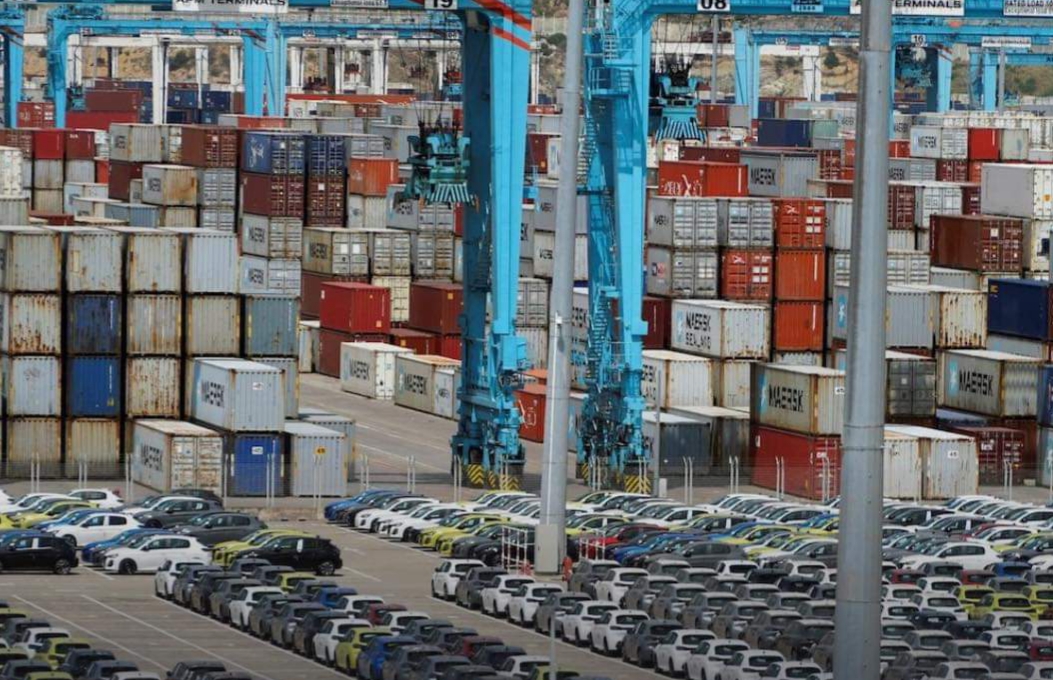Casablanca– In its inaugural session for 2024, the Council of Bank Al-Maghrib (BAM) opted to maintain the policy rate at 3%, citing its suitability for solidifying inflation expectations and steering towards price stability. This decision was communicated following the meeting, indicating a strategic approach to navigating economic growth.
Projections unveiled by the Council foresee a slowdown in economic growth from the nearly attained 3% in 2023 to 2.1% in 2024, followed by a notable acceleration to 4.3% in 2025. Similarly, inflation is anticipated to continue its deceleration, with rates projected at 2.2% in 2024 and a slight uptick to 2.4% in the subsequent year.
The trajectory of inflation in Morocco has shown a downward trend since its peak at 10.1% in February 2023, marking a significant shift to 3.4% by December of the same year. Projections point towards a continued slowdown, with rates anticipated to stabilize at 2.2% in 2024.
Internationally, concerns loom over geopolitical tensions and upcoming elections in several countries, while domestic challenges include climate conditions and water stress. Despite these uncertainties, BAM stands resolute in its decision to maintain the current policy rate, emphasizing its role in consolidating inflation expectations and striving for price stability.
Domestically, the agricultural sector faces hurdles due to unfavorable weather conditions, leading to a decrease in cereal production and a subsequent decline in the sector’s value added. However, non-agricultural activities are projected to experience intensified growth, attributed primarily to investment momentum stemming from ongoing and upcoming projects.
Externally, 2023 witnessed a reduction in the trade deficit, driven by a decline in imports and stable exports. However, the current account deficit is expected to widen in the coming years, primarily due to an anticipated increase in imports. Despite this, positive growth is forecasted in tourism receipts, remittances from Moroccans Residing Abroad (MREs), and Foreign Direct Investment (FDI) receipts.
Monetary dynamics indicate an expected intensification in bank liquidity demand, alongside a growth in bank credit to the non-financial sector. Additionally, the real effective exchange rate is forecasted to appreciate, contributing to the stabilization of the overall exchange rate.
On the fiscal front, efforts are underway to reduce the budget deficit, with a slight decrease projected for the coming years. This trend is expected to be fueled by increased tax revenues, enhanced resource mobilization, and a decrease in compensation expenses.
In summary, amidst a challenging global backdrop fraught with uncertainties, BAM stands firm in its dedication to preserving stability and nurturing measured growth within the Moroccan economy.
















